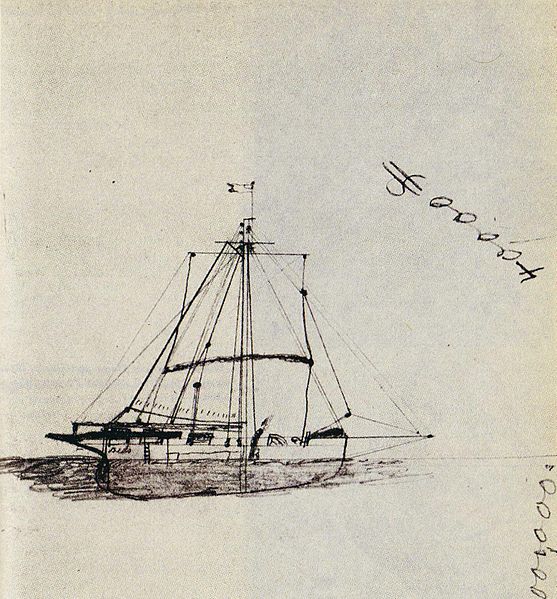Dismemberment is the act of completely disconnecting and or removing the limbs from a living or dead being. It has been practiced upon human beings as a form of capital punishment, especially in connection with regicide, but can occur as a result of a traumatic accident, or in connection with murder, suicide, or cannibalism. As opposed to surgical amputation of limbs, dismemberment is often fatal. In criminology, a distinction is made between offensive dismemberment, in which dismemberment is the primary objective of the dismemberer, and defensive dismemberment, in which the motivation is to destroy evidence.
15th century depiction of Adoni-Bezek being mutilated.
The Martyrdom of St. Hippolytus by Dieric Bouts
Aztec stone disk depicting a dismembered Coyolxauhqui which was found during construction in 1978 in Mexico City. Its discovery led to the excavation of the Templo Mayor.
The execution of Sir Thomas Armstrong, who was hanged, drawn and quartered in England for high treason in 1684
Human cannibalism is the act or practice of humans eating the flesh or internal organs of other human beings. A person who practices cannibalism is called a cannibal. The meaning of "cannibalism" has been extended into zoology to describe animals consuming parts of individuals of the same species as food.
A cannibal feast on Tanna, Vanuatu, c. 1885–1889
Sketch of the Mignonette by Tom Dudley. In English common law, the R v Dudley and Stephens (1884) case banned survival cannibalism after maritime disasters, which had been a widely accepted custom of the sea.
Enemies being killed and roasted in South America – engraving by Theodor de Bry (1592)
An 18th-century albarello used for storing mummia. Medicinal cannibalism was widespread in many countries of early modern Europe.








